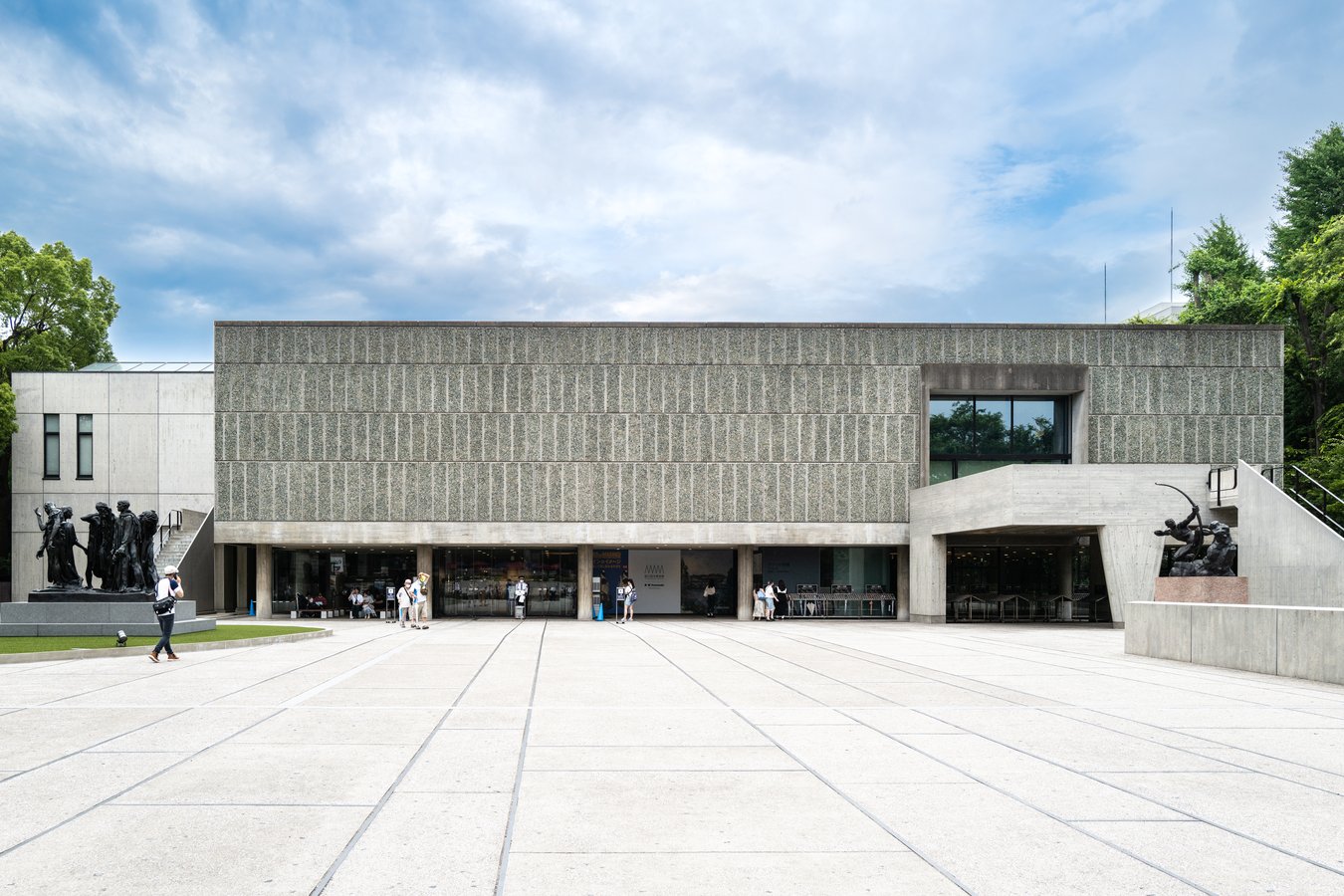History and Origins
The National Museum of Western Art, located in Ueno Park, is Tokyo’s sole institution dedicated to Western art. It houses a remarkable collection of paintings, sculptures, and documents spanning the Renaissance to the early 20th century. The museum’s foundation traces back to industrialist Matsukata Kojiro, whose private collection of Western art inspired the creation of this treasure trove. Unable to bring his collection home due to World War II, Matsukata’s works were later returned under the condition that French architect Le Corbusier design the museum, completed in 1959.
Inside the Museum
The museum features over 4,500 masterpieces from renowned artists like Van Gogh, Monet, and Picasso. Visitors can explore galleries arranged by centuries and artistic movements, with highlights including 19th-century French painters and works from the Renaissance to the 18th century. Sculptures by Rodin, as well as prints by Goya and Rembrandt, are also showcased.
Architecture and Exhibitions
Le Corbusier’s rectangular design is equally a work of art, complemented by modern additions over the years. The museum regularly hosts special exhibitions, featuring rare and privately-owned pieces that enhance its permanent collection.
Notable Features
Outside the museum stands a statue of Rodin’s “The Thinker,” honoring Matsukata’s vision. The galleries unfold through unique features such as a ceiling that rises progressively, offering a dynamic viewing experience.



